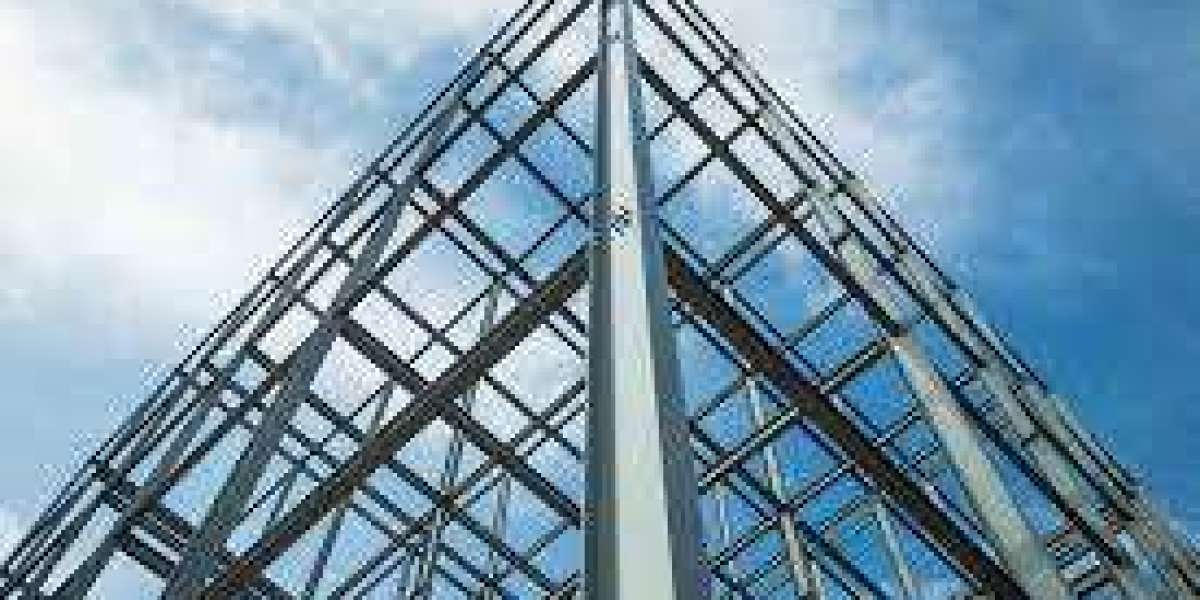The construction industry has witnessed significant innovations in the past few decades, with materials and techniques evolving to meet the demands of modern architecture, sustainability goals, and long-term performance. Among these advancements, light gauge steel (LGS) frames have emerged as a leading solution for both residential and commercial projects. Known for their strength-to-weight ratio, resistance to environmental threats, and adaptability in diverse climates, LGS frames have redefined what builders and property owners can expect from structural frameworks.
Durability is not merely about a building’s ability to stand tall over time; it also involves maintaining structural integrity against weather, pests, moisture, and general wear and tear. Traditional materials like wood and concrete have their merits but can struggle against certain challenges such as termites, warping, or mold. Light gauge steel, however, addresses many of these issues while offering additional advantages that enhance the overall lifespan of a building.
This article explores how light gauge steel frames improve building durability, examining their properties, real-world applications, cost-effectiveness, and environmental impact. Whether you’re a builder, architect, or property owner, understanding the benefits of LGS can help you make informed decisions for long-lasting construction.
What Are Light Gauge Steel Frames?
Light gauge steel frames are structural components made from thin sheets of steel that are cold-formed into precise shapes, typically C-sections or U-sections. The process involves rolling the steel sheets at room temperature to achieve the desired profiles, which are then used to form the skeleton of a building.
Unlike heavy structural steel used in skyscrapers or industrial facilities, LGS is lighter, more versatile, and easier to work with for medium-scale construction such as:
Residential homes
Office buildings
Warehouses
Schools and community centers
The material’s precision engineering allows for consistent quality, meaning every beam and stud meets exact specifications — a crucial factor in durability and long-term performance.
Why Durability Matters in Construction
Durability directly impacts the safety, maintenance costs, and value of a building. A durable structure can withstand natural forces, environmental conditions, and the stresses of daily use without significant deterioration. This translates into:
Lower repair costs over time
Enhanced safety for occupants
Higher resale value for property owners
Sustainable use of resources due to reduced need for replacements
When evaluating building materials, it’s essential to consider not just initial construction costs but also the long-term durability and life-cycle performance.
Key Ways Light Gauge Steel Frames Improve Durability
1. Corrosion Resistance with Protective Coatings
Modern light gauge steel is treated with protective coatings, such as zinc (galvanization) or aluminum-zinc alloys, which safeguard the metal from corrosion. This means the frame can endure decades of exposure to moisture and air without rusting, even in coastal or humid environments.
2. Pest and Rot Protection
One of the most common durability issues with wood framing is damage caused by termites, carpenter ants, or rot. Light gauge steel is impervious to insects and fungi, ensuring the structure remains unaffected by these biological threats.
3. Structural Stability Over Time
Steel doesn’t warp, shrink, or crack with changes in temperature or humidity. This dimensional stability keeps walls straight, doors and windows aligned, and roofing systems intact, minimizing long-term maintenance.
4. Fire Resistance
Steel is non-combustible, meaning it will not ignite or contribute to the spread of fire. While steel can lose some strength at extremely high temperatures, its fire resistance provides critical safety advantages compared to combustible framing materials.
5. Superior Load-Bearing Capacity
Despite its light weight, LGS has excellent load-bearing capabilities. The material can support heavy roofing systems, multiple floors, and additional design loads without structural compromise.
6. Resistance to Extreme Weather
LGS frames are engineered to withstand high winds, heavy snow loads, and seismic activity. This makes them ideal for regions prone to hurricanes, earthquakes, or intense seasonal storms.
Real-World Applications Showcasing Durability
Coastal Housing Projects: LGS frames maintain structural integrity against salt-laden air and high humidity.
Earthquake-Prone Areas: Flexible yet strong frames help absorb seismic shocks.
Commercial Warehouses: Steel frames resist wear from heavy machinery and industrial operations.
Educational Facilities: Require long-term performance with minimal structural maintenance.
Environmental Impact and Sustainability
Durability and sustainability often go hand in hand. LGS frames not only last longer but are also 100% recyclable at the end of their service life. Unlike treated wood, which may release harmful chemicals when disposed of, steel can be melted down and reused without degrading in quality.
Additionally, LGS reduces construction waste. Since components are prefabricated with precision, there’s less on-site cutting and fewer off-cuts to dispose of. This contributes to greener building practices and supports environmental certifications like LEED.
Cost vs. Durability: A Comparison
Below is a summary table comparing light gauge steel frames with traditional timber framing in terms of durability-related factors.
Feature / Factor | Light Gauge Steel Frames | Timber Frames |
Lifespan | 50+ years with minimal degradation | 20–40 years depending on maintenance |
Pest Resistance | Immune to termites, ants, and fungi | Susceptible to termite and rot damage |
Corrosion/Decay | Resistant with protective coatings | Can decay when exposed to moisture |
Fire Resistance | Non-combustible | Combustible |
Structural Stability | No warping, shrinking, or cracking | Can warp or shrink with temperature/humidity changes |
Weather Resistance | Withstands high winds, snow, and seismic loads | Less resistant to extreme weather |
Maintenance Needs | Low | Medium to high |
Environmental Impact | 100% recyclable, low waste | Renewable but may require chemical treatments |
Analysis of the Table
The table clearly shows that while initial costs for light gauge steel frames may be slightly higher than timber, the long-term benefits in durability, safety, and maintenance savings far outweigh the price difference. For property owners looking for a low-maintenance, high-performance structural system, LGS is a strong investment. The material’s immunity to pests, fire resistance, and stability in varying climates directly translate into fewer repairs and a longer building lifespan.
Practical Tips for Choosing Light Gauge Steel Frames
Check the Coating Quality – Ensure the steel is properly galvanized or coated to maximize corrosion resistance.
Work with Experienced Contractors – LGS requires specific design and installation expertise for best results.
Consider Regional Climate – While LGS performs well in most climates, appropriate insulation and finishes can enhance performance.
Evaluate Life-Cycle Costs – Factor in maintenance savings over the building’s life, not just upfront expenses.
Integrate with Other Durable Materials – Use weather-resistant cladding, roofing, and insulation to complement the steel frame.
Frequently Asked Questions (FAQ)
Q1: How long do light gauge steel frames last?
A properly installed and coated LGS frame can last 50 years or more with minimal maintenance, significantly outperforming traditional wood framing.
Q2: Can LGS be used for multi-story buildings?
Yes. Light gauge steel is strong enough to support multi-story construction, especially when combined with proper engineering and design.
Q3: Does steel framing require special maintenance?
Generally, no. Regular inspections for physical damage or coating wear are sufficient. Repairs are rarely needed unless there’s accidental impact or severe corrosion in exposed areas.
Q4: Are light gauge steel frames environmentally friendly?
Absolutely. Steel is 100% recyclable and can be reused indefinitely without losing strength, making it a sustainable choice.
Q5: How does LGS perform in earthquakes?
Steel’s flexibility allows it to absorb seismic forces better than brittle materials like concrete or brick, reducing the likelihood of catastrophic failure.
Q6: Is light gauge steel more expensive than timber?
Initial material costs may be higher, but reduced maintenance, fewer repairs, and a longer lifespan often make LGS more cost-effective in the long run.
Conclusion
Light gauge steel frames represent a modern evolution in construction technology, offering unmatched durability compared to many traditional materials. Their resistance to pests, corrosion, fire, and extreme weather conditions makes them a dependable choice for long-lasting buildings. When combined with sustainable building practices, LGS frames not only protect your investment but also support environmental responsibility.
Whether you’re planning a residential home, a commercial facility, or a community building, choosing light gauge steel frames can ensure your project stands the test of time — structurally, financially, and environmentally. For property owners, architects, and builders seeking a smart, forward-thinking construction solution, LGS is more than just a building material; it’s a pathway to a stronger, more sustainable future.








